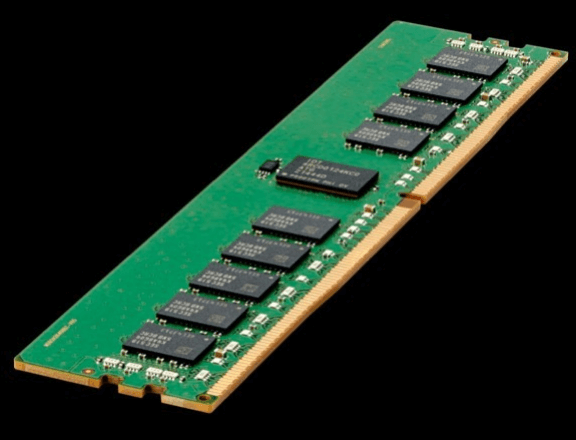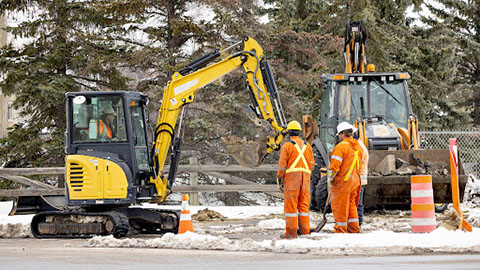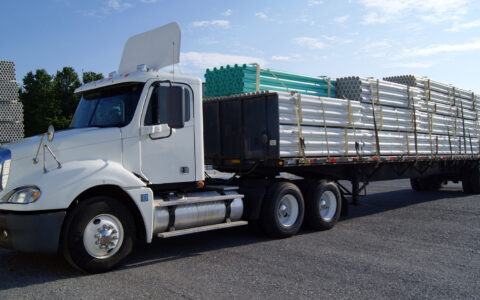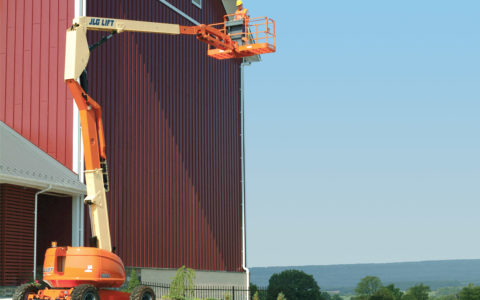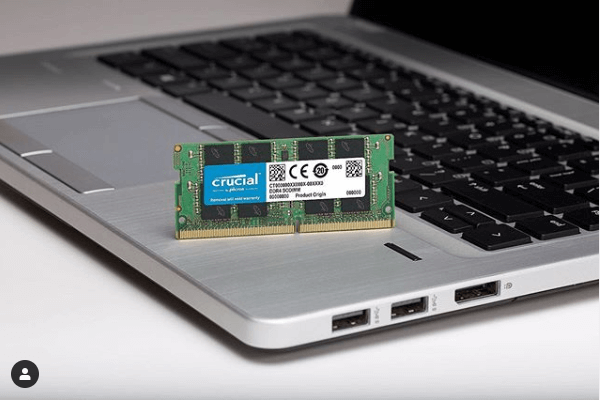
Random-access memory (RAM) is a kind of computer memory which may be read and altered in almost any sequence, typically utilized to keep working data and system code. A random-access memory apparatus allows data items to be written or read in the exact same quantity of time in spite of the physical location of information within the memorycard.
RAM (Random Access Memory) is the inner memory of the CPU for preserving information, application, and application outcome. It’s a read/write memory that stores data before the machine is functioning. The moment the system has been switched off, data is erased.
RAM consists of two types
- Static RAM (SRAM)
- 2. Dynamic RAM (DRAM)
1. Static RAM (SRAM)
- Long life
- No need to refresh
- Faster
- Used as cache memory
- Large size
- Expensive
- High power consumption
But data is lost when the energy becomes down as a result of volatile nature. SRAM chips utilize a matrix of 6-transistors without a capacitors. Transistors do not need electricity to stop leakage, therefore SRAM shouldn’t be refreshed on a regular basis.
There’s additional space in the matrix, so therefore SRAM utilizes more processors than DRAM to the exact same amount of storage space, which makes the production prices greater. SRAM is consequently used as cache memory also has very quick access.
2. Dynamic RAM (DRAM)
- Short data lifetime
- Needs to be refreshed continuously
- Slower as compared to SRAM
- Used as RAM
- Smaller in size
- Less expensive
- Less power consumption
DRAM, unlike SRAM, should be constantly refreshed so as to keep the information. This is carried out by putting the memory onto a refresh circuit which rewrites the information a few hundred times each second. DRAM is used for many system memory since it’s cheap and small. Each of DRAMs comprise of memory cells, which can be composed of a single capacitor and a single transistor.
How can RAM work?
The term random access as employed to RAM comes in the simple fact that any storage place, also called any memory card, can be retrieved directly. Initially, the expression Random Access Memory has been used to differentiate standard core memory from memory.
Offline memory usually called magnetic tape where a particular bit of information could only be obtained by finding the speech , beginning in the start of the tape. RAM is organized and regulated in a manner that permits information to be retrieved and stored directly to and from particular places.
What Is the Greatest Pole of RAM?
Currently, the largest single stick of RAM is 128 GB.
The very first Type of RAM came around in 1947 with using the Williams tube. It used a CRT (cathode ray tube); the information was saved on the surface as charged spots.
The next popular kind of RAM has been magnetic-core memory, devised in 1947. Frederick Viehe is credited with a lot of their job, having filed for many patents concerning the design. Magnetic-core memory functions via the use of metal rings and wires linking to every ring. 1 piece of information can be kept per ring and obtained at any moment.
How much RAM do you need?
The amount of RAM needed all depends on what the user is doing. When video editing, for example, it’s recommended that a system have at least 16 GB RAM, though more is desirable. For photo editing using Photoshop, Adobe recommends a system have at least 3GB of RAM to run Photoshop CC on a Mac. However, if the user is working with other applications at the same time, even 8GB of RAM can slow things down.
What does RAM do, exactly?
RAM is temporary storage which goes off when the power shuts off. So what’s RAM employed for, then? It is extremely fast, making it well suited for things that the computer is working on, like applications which are running (by way of instance, the internet browser where you are reading this article) along with the information these programs operate on or together (for example this post ).
It can help think about RAM together with the analogy of a desktopcomputer. Your working area — in which you scribble on some thing quickly — is the cover of the desk, in which you need everything in arm’s reach and you need no delay in discovering anything.
How Random Access Memory (RAM) affects performance
Your computer’s system memory is made up of physical memory, called Random Access Memory (RAM), and virtual memory. System memory is not permanent storage, such as a hard disk drive that conserves its contents when you turn off your system.
When you start an application, your chip gives a command to recover the program in the hard drive. After the documents are recovered, the system needs a workspace to manipulate the data and allow you to interact with this. This electronic countertop is your RAM. Your system places your apps in RAM, or even the digital countertop, temporarily as you’re working together so that the processor can get that data quicker and simpler.
What’s RAM used for?
RAM enables your computer to execute a lot of its regular tasks, like loading programs, surfing the world wide web, editing a spreadsheet, or even undergoing the most recent game. Memory also lets you switch quickly one of these jobs, remembering where you’re at 1 job when you change to a different job. Generally, the more memory you have, the better.
When you turn in your computer and start a spreadsheet to edit it, but check your email, you will have utilized memory in many various ways. Memory can be used to load and run programs, like the spreadsheet application, react to orders, like any edits you created in the dictionary, or toggle between multiple apps, like if you left the dictionary to check email. Memory is practically constantly being actively used by your PC.
How to install RAM
There are numerous different PC elements that could slow down your computer. You might not have sufficient, a stick could be neglecting, or they are simply old as dirt.
But, if you think memory is causing your performance anxieties, updating is well worth the price and energy. Memory sticks are super easy to set up and also a fast DIY job that rewards you with greater functionality.
Before we enter the incremental directions, here are a few important ideas to take into account.
Assess your motherboard to determine which kind of RAM it supports. The company’s name and version number are generally published on the PCB. Look it up on the company’s site and confirm the memory card type, rate, and overall amount your motherboard can handle. Most modern motherboards service DDR4, which range from 2,133MHz in the very low end, to as large as 4,700MHz and outside in the very upper end. In case your PC is quite older, your system might only encourage DDR3 memory.
How to Check How Much RAM You Have on Windows
Right-click your taskbar and choose”Task Manager” or press Ctrl+Shift+Esc to start it. Click on the”Performance” tab and then choose”Memory” from the left sidebar. If you do not find any tabs, then click”More Details” first.
The entire amount of RAM you have installed is exhibited here. The Task Manager also informs you that the standard it is using, the rate, its form variable, and also just how a lot of the system’s physical memory slots you are using. It’s possible to set up more RAM if you are able to start your PC (maybe not possible on some notebooks ) and have any spare slots.
What is a Memory Device?
Data storage device
Computers process data stored in their memory, which is made up of information storage components. Storage devices like CD and DVD drives are known as the external or auxiliary storage components, whereas the memory devices directly available from computers are known as the internal or primary storage components, which rely upon semiconductor memory chips.
There are primarily two kinds of semiconductor memory: random-access memory (RAM) and read-only memory (ROM). RAM is a temporary data storage domainname, whereas ROM functions as a semi automatic storage domainname. If RAM is likened to laptops or memo pads, afterward ROM is similar to dictionaries and textbooks.
RAM a memory device for reading/writing data
Because random-access memory (RAM) is mostly employed as temporary storage for your operating system along with the software, it doesn’t much matter that a number of kinds of RAM lose information when they’re powered off. What matters more is that the price and the read/write speed.
DRAM stores data in capacitors, and because the capacitors gradually release, the data fades off unless the capacitor charge is refreshed periodically. In training, the information on DRAM have to be read and educated (i.e., refreshed) dozens of times per second. By comparison, SRAM requires no sterile since it utilizes flip-flop circuitsto preserve the information. SRAM is more expensive than DRAM due to the intricate circuitry involved, but can also be quicker.

